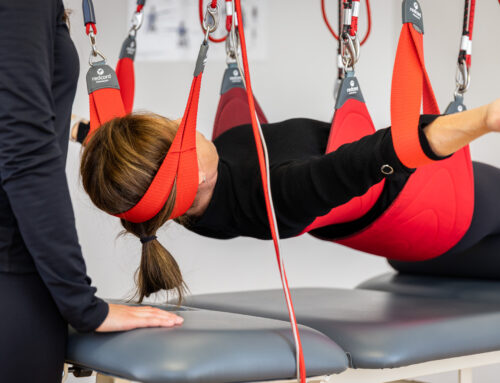Purpose: To identify the effects of a neck intervention on neck pain and depression in patients with post-traumatic stress disorder (PTSD).
Subjects: Thirty-one patients with neck pain and a diagnosis of PTSD were enrolled.
Methods: Neck exercise training was performed with the experimental group and neck self-exercise(using a modification of the McKenzie exercise) was used with the control group. Both groups performed their exercises for 30 minutes at a time, three times per week.
To compare the effects of the interventions, the threshold of neck tenderness and depression levels were measured at each period.
Results: The pain threshold of both sides of the trapezius showed a significant difference between the two groups at the three measurement periods.
In the experimental group, the threshold increased by 19.7% on the left and 18.3% on the right after the intervention compared to before. Depression levels
significantly differed in the experimental group between the three measurements.
Conclusion: This study has important implications for therapeutic strategies, as it provides strong evidence for a method of improving symptoms of neck pain; furthermore, it is effective for subjects with psychological problems such as PTSD.
Key words: Post-traumatic stress disorder, Neck pain, Depression





